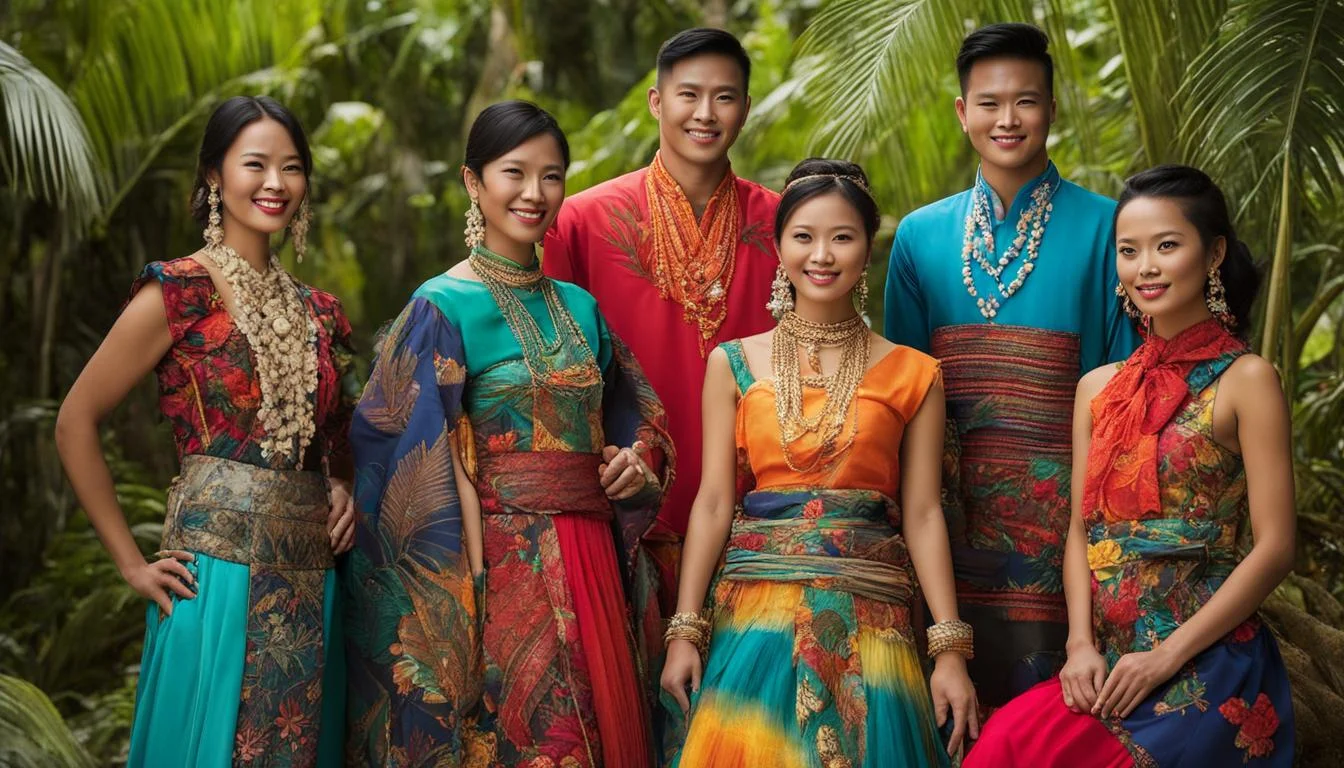lagunabeachcanow.com – The Philippines, an archipelago in Southeast Asia, is home to a diverse array of cultures, each with its own unique traditions and attire. Philippine traditional clothing is a reflection of the country’s rich history, blending indigenous practices with influences from Spain, the United States, and other Asian countries. These garments are not only a testament to the country’s craftsmanship but also serve as a symbol of national identity and pride.
The Barong Tagalog and Baro’t Saya
The Barong Tagalog is perhaps the most iconic piece of Philippine traditional clothing for men. It is a formal shirt made of piña (pineapple fiber), jusi (banana fiber), or abacá, often embroidered with intricate designs. The Barong Tagalog is characterized by its transparent fabric and butterfly sleeves, and it is typically worn with black trousers for formal occasions.
The Baro’t Saya, on the other hand, is the traditional attire for Filipino women. It consists of two parts: the “baro,” which is a blouse, and the “saya,” a long skirt. The baro is usually sheer and adorned with embroidery, while the saya is often made of colorful fabric with a pañuelo (shoulder scarf) to complete the ensemble.
The Maria Clara Gown
A variation of the Baro’t Saya is the Maria Clara gown, named after the heroine in the Philippine literary epic “Noli Me Tangere” by José Rizal. This gown features a terno (butterfly sleeves) and a panuelo (shoulder scarf), and it is often worn during cultural performances and special occasions. The Maria Clara gown is a symbol of elegance and Filipino heritage.
Indigenous Tribal Clothing
Beyond the Barong Tagalog and Baro’t Saya, the Philippines is home to numerous indigenous tribes, each with its own distinct style of traditional clothing. These garments are often made from natural fibers and feature intricate beadwork, weaving, and dyeing techniques. For example, the T’boli people of Mindanao are known for their T’nalak cloth, which is handwoven and dyed using natural materials.
The Significance of Philippine Traditional Clothing
Philippine traditional clothing plays a crucial role in the country’s cultural celebrations and rituals. It is a way to honor the past while preserving the heritage for future generations. These garments are also a source of livelihood for many Filipinos, as they are crafted by skilled artisans who continue to practice traditional methods of weaving and embroidery.
Modern Interpretations and Preservation Efforts
In recent years, there has been a resurgence of interest in Philippine traditional clothing, with modern designers incorporating elements of these traditional garments into contemporary fashion. This fusion of old and new not only keeps the traditions alive but also introduces them to a global audience. Additionally, various organizations and cultural groups are working to preserve the knowledge and techniques of traditional weaving and clothing-making to ensure that these treasures of Philippine culture are not lost.
Conclusion
Philippine traditional clothing is a vibrant expression of the country’s cultural diversity and history. From the elegant Barong Tagalog and Baro’t Saya to the intricate garments of indigenous tribes, these attires are a testament to the creativity and craftsmanship of the Filipino people. As the world continues to evolve, the preservation and celebration of Philippine traditional clothing remain an important aspect of the country’s identity and a source of national pride.
